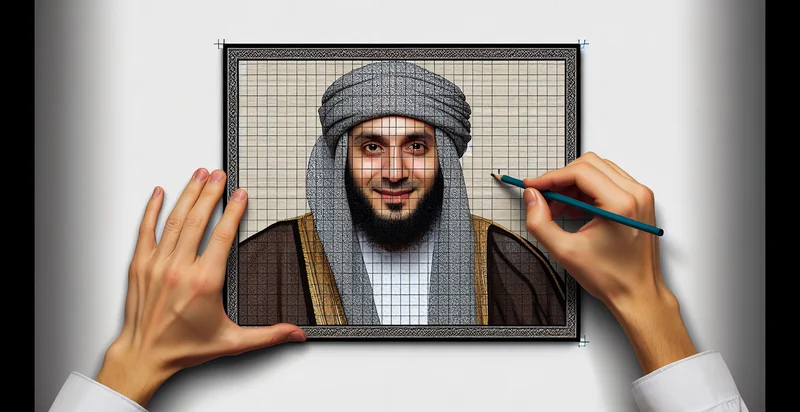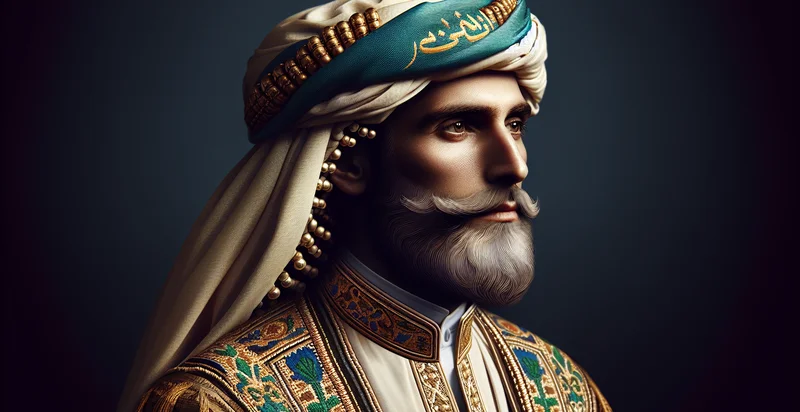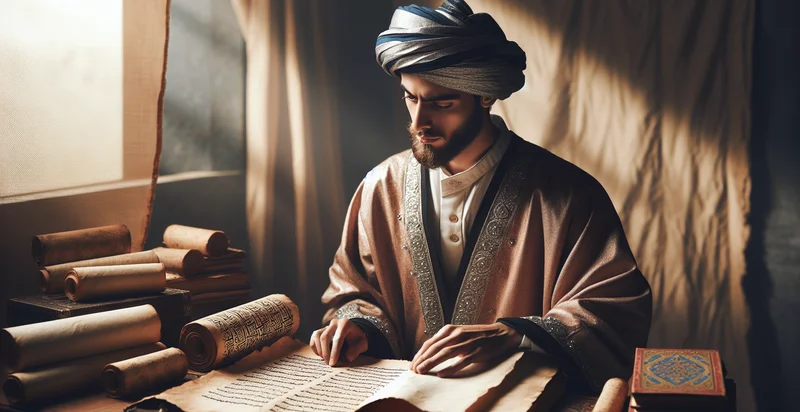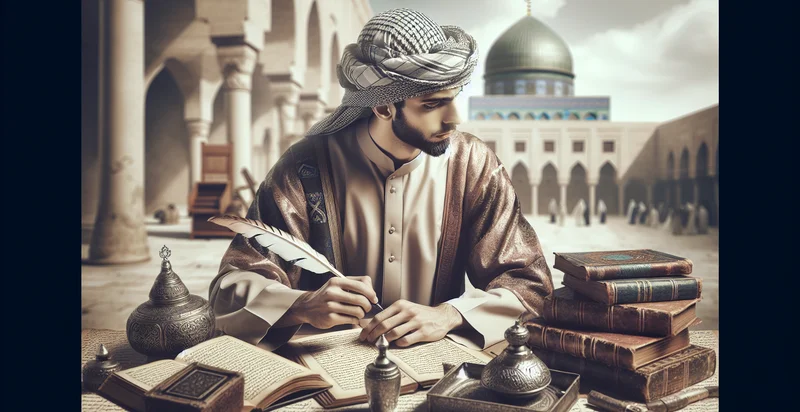Identify islamic figure by picture
using AI
Below is a free classifier to identify islamic figure by picture. Just upload your image, and our AI will predict what Islamic figure it is - in just seconds.

Contact us for API access
Or, use Nyckel to build highly-accurate custom classifiers in just minutes. No PhD required.
Get started
import nyckel
credentials = nyckel.Credentials("YOUR_CLIENT_ID", "YOUR_CLIENT_SECRET")
nyckel.invoke("islamic-figure-by-picture", "your_image_url", credentials)
fetch('https://www.nyckel.com/v1/functions/islamic-figure-by-picture/invoke', {
method: 'POST',
headers: {
'Authorization': 'Bearer ' + 'YOUR_BEARER_TOKEN',
'Content-Type': 'application/json',
},
body: JSON.stringify(
{"data": "your_image_url"}
)
})
.then(response => response.json())
.then(data => console.log(data));
curl -X POST \
-H "Content-Type: application/json" \
-H "Authorization: Bearer YOUR_BEARER_TOKEN" \
-d '{"data": "your_image_url"}' \
https://www.nyckel.com/v1/functions/islamic-figure-by-picture/invoke
How this classifier works
To start, upload your image. Our AI tool will then predict what Islamic figure it is.
This pretrained image model uses a Nyckel-created dataset and has 31 labels, including Abu Bakr, Abu Hanifa, Aisha, Al Farabi, Al Ghazali, Al Kindi, Al Shafi, Ali, Bilal and Fatima.
We'll also show a confidence score (the higher the number, the more confident the AI model is around what Islamic figure it is).
Whether you're just curious or building islamic figure by picture detection into your application, we hope our classifier proves helpful.
Related Classifiers
Need to identify islamic figure by picture at scale?
Get API or Zapier access to this classifier for free. It's perfect for:
- Content Moderation: This function can be utilized by social media platforms to automatically identify and filter images that depict Islamic figures. This ensures that content adheres to community guidelines and prevents the spread of hate speech or misinformation.
- Educational Tools: Educational institutions can integrate this image classification function into their resources for teaching about Islamic culture and history. By accurately identifying images of Islamic figures, students can engage with materials that provide context and significance for these figures.
- Museum Exhibits: Museums can use this function to enhance visitor experiences by providing information on Islamic figures within art and artifacts. By identifying these figures through images, museums can create interactive exhibits that educate visitors and promote cultural understanding.
- Art Curation: Art galleries and auction houses can leverage this technology to authenticate and classify artworks. This ensures that pieces attributed to Islamic figures are accurately represented, thereby increasing value and interest among collectors.
- Social Research: Researchers studying social media trends can employ this function to analyze the portrayal of Islamic figures across various platforms. This data can provide insights into public perception and cultural representation, facilitating comprehensive social studies.
- Security Applications: Security firms can integrate this image classification function into surveillance systems to recognize and flag images of Islamic figures in critical areas. This enhances security measures by identifying potential threats related to the misrepresentation or misuse of these images.
- E-Commerce Platforms: E-commerce websites selling religious artifacts can use this function to authenticate products featuring Islamic figures. This helps build trust with consumers by ensuring that the items offered are genuine representations of the cultural icons they claim to depict.


